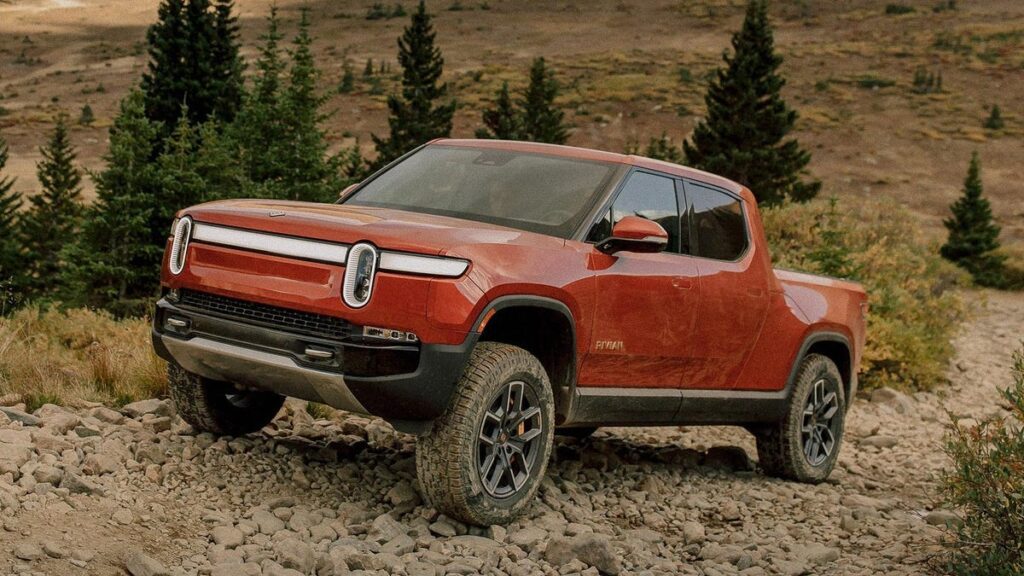Rivian Figured Out How To Make Charging Suck Less

Charging in the U.S. sucks. It’s getting better thanks to some massive new investments, but it’s still incredibly common to show up at a charge site and find the only available charger is broken. The Tesla Supercharger network is currently the best in the business, which helps explain why every automaker decided to switch to NACS, but even then, the rollout has been slow. Rivian’s solution? Simply gather data on all the chargers around the country and grade them so drivers have a better idea of where the broken ones are.
Rivian Recalls Nearly Every Car It Has Built
The Verge reports that the latest software update Rivian recently released uses data gathered from customer cars to point owners toward chargers that actually work and avoids chargers that it thinks are broken. And while it’s a relatively simple idea considering how connected modern electric vehicles are, it’s also one of those things that’s so obvious, it’s hard to understand why it isn’t already commonplace across the entire industry.
“Our North Star is charging and trip planning in EVs should just work. You should not think about it,” Wassym Bensaid, Rivian’s head of software, told the Verge. He later added, “Surprisingly, actually, there’s multiple chargers rated F. That was one of the ‘a ha’ moments as we went through the data.”
And while you may not like the idea of an automaker knowing so much about your charging experience, at least Rivian is using the data it gathers to help make its customers’ lives a little easier:
Every time one of our vehicles interact with the charger, we have a number of data which are uploaded to the cloud and that give us a very accurate understanding of the health of the session that the vehicle is having. So we get data related to not only the number of successful sessions, but then how many trials did you make? How was the payment? What’s the speed of interaction? What’s the overall peak performance that you have within a session? What’s the thermal derating behavior?
To make the latest software update useful, Rivian has reportedly been gathering customer charging data for more than a year. There are only so many Rivians on the road, and it doesn’t have access to other automakers’ EV charging experiences, so it’s not going to be a perfect system, especially this early on, but at the very least, they’re trying. They’re also adding a customer feedback option that lets owners report bad chargers and highlight the ones that work the best.
“Charging should just work,” Bensaid told the Verge. “And the more we get happy customers, the more we remove charging anxiety as a barrier for adoption.”



